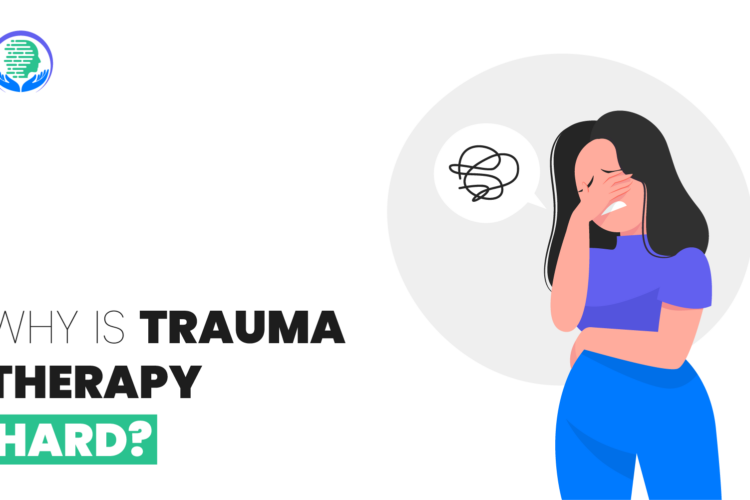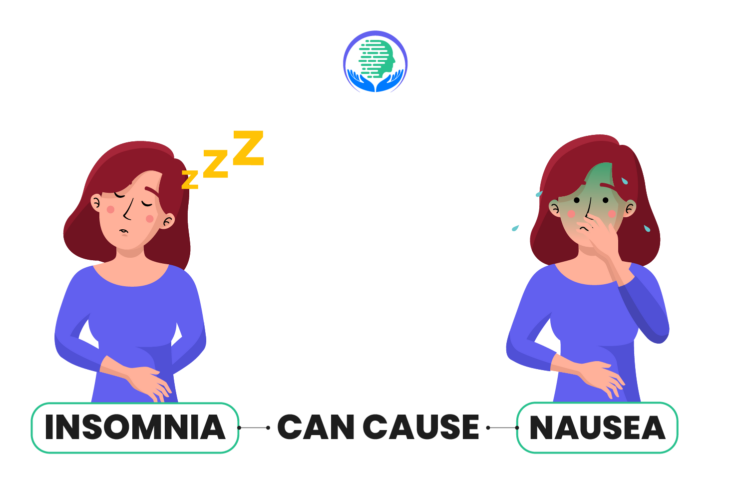
Most of the time you observe people crying while exercising or practicing yoga.
Do you ever notice that why it is so? It is because of what is named as the “trapped emotions” in the body.
Whenever you feel some sort of anxiety or face any trauma, the emotion gets trapped, and you feel an unpleasant physical sensation.
Getting rid of trauma can be achieved through expert assistance – please contact us at Zion Healthcare Services.
We examine and observe the situation that you have been experiencing for a long time and recommend what is best for you.
Trapped Emotions and Trauma
Cognitive processes can be negatively impacted by several types of traumatic experiences:
- Breakups, major life changes, illnesses, deaths, and relationship issues like infidelity can all be emotionally traumatic events.
- Trauma from experiences of violence, discrimination, and racism can also severely affect well-being.
Trauma has been linked to memory processing, especially explicit or fact-based memory formation and recall.
Traumatic memory encoding becomes disrupted and fragmented, making full recall difficult or impossible.
This explains why trauma survivors often cannot smoothly recount exact factual details of the event.
To make living worry-free from trauma, anxiety, or depression, feel free to contact us.
Symptoms of Trapped Emotions and Trauma
Emotions can manifest physically in the body in various ways.
Some common sensations associated with difficult emotions are:
- An emotional movement like stress, anxiety, or sadness can cause muscles to tighten as a physiological stress response.
- Strong emotions can leave one feeling drained and physically weighed down.
- Choked-up feelings are thought to arise from tension in throat muscles when holding back tears or strong emotions.
- Areas like the head, chest, or stomach can ache or hurt during times of heightened negativity.
A 2020 systematic review examined available research on somatic experiencing.
The review found preliminary evidence that somatic experiencing may help reduce trauma symptoms for those with a history of trauma.
The Body Stores Emotions and Trauma
1. Jaw
The jaw muscles are easily tensed as a response to stresses like irritability, conflict, and frustration that aren’t expressed.
There can be emotions stored in jaw, and with time, they can be be released.
Over time, chronic tension places strain on the delicate tissues of the throat, leading to symptoms like soreness or ulcers.
Teeth grinding at night (bruxism) is common when stress/anger energies get trapped unconsciously in the jaw during sleep.
2. Neck
The region around our neck and throat is intimately linked to communication and self-expression.
Many people feel tension here because they have held their tongues and swallowed what they intended to convey as a long-term pattern of conduct.
They may feel compromised in their ability to speak out for themselves.
Imbalances can also cause thyroid issues, swollen glands, and chronic neck pain.
3. Shoulders
What emotions are held in the shoulders? Sometimes, the emotions that we can’t express through emotions get stored in the shoulders.
Many modern-day shoulder problems stem from poor posture of your hands passively slumped forward of your ears.
Tense, painful shoulders could indicate that you have been overburdened or that you have experienced hurt and sadness and are subconsciously attempting to form some shielding around the front of your body in security.
4. Chest
Across traditions, the chest is seen as deeply connecting physical and spiritual energies in the body.
Emotions centered around love, grief, and sadness are commonly felt here as a tightness, ache, or trauma release position.
When strong feelings go unexpressed over time, the chest can become physically blocked or constricted.
Tightness or pressure reflects repressed emotions that require acknowledgment and release.
Chronic stress on the heart from unrestrained emotions has been linked to poorer mental health and increased risk of cardiac issues.
Hence, gentle yoga, meditation, massage, or breathwork targeting the chest can help it open to feel and discharge stagnant feelings.
According to research from 2011, chronic stress affects the hippocampus, which can manifest as irregular blood flow or decreased size.
As a result, your body may stay hypervigilant even if you are not cognizant of the traumatic incident.
Emotional Reset Therapy
It’s an alternative therapy that uses light, sound, and vibration therapies to treat mental health issues.
The goal is to help reset emotional patterns in the brain and body that are linked to conditions like anxiety, depression, PTSD, etc.
It works on the principle that unresolved emotions become stored in the body’s cells and tissues over time, creating energy blocks.
Therapies used may include light therapy (different colors/frequencies), sound baths, craniosacral therapy, EFT tapping, and essential oils.
Some sessions involve massage to release trauma and help clear emotional blockages at the cellular level through resonance.
Learn more about how to break trauma bonds here.
Let’s Recap
Traumatic experiences don’t just impact us emotionally and mentally – our bodies play an important role in holding on to trauma as well.
Modern research in neurobiology and trauma therapy has found that intense, stressful or frightening events can become locked into our tissues, muscles, and organs over time.
When a threatening situation occurs, our nervous system responds by activating the body’s defense mechanisms.
This “fight or flight” stress response is meant to help us survive dangerous encounters in the moment.
However, for trauma survivors, that stress energy doesn’t always get fully released and resolved.
Instead, it can become trapped in the physical form. It’s important to find healthy ways to get rid of these trapped emotions.
For further information, visit Zion Healthcare services to get better support and better treatment.
FAQs
What part of the body holds trauma?
The body stores memories of trauma in the tissues, muscles, and organs.
Trauma impacts the nervous system and is often held physically in the hips, shoulders, throat, and jaw, where feelings like fear, grief, and anxiety manifest as tension or pain.
How do you release trauma trapped in your body?
Therapies like massage, yoga, somatic experiencing, and EMDR can help release trauma stored in the body.
Consciously relaxing tightened areas while focusing on the emotion helps detach it from the physical form and allows the natural letting go process.
How do you know where your trauma is stored?
You can gain clues by paying attention to where you hold physical tension, pain, or discomfort.
Trauma may be stored in places that feel “tight”, “heavy”, or get sore easily, reflecting blocked emotions experienced during or related to the traumatic events.
What are the physical signs your body is releasing trauma?
Some physical signs trauma is releasing include feeling sensations like tingling, shaking, yawning, or crying in areas that hold tension.
This shows that blocked emotions are surfacing and being discharged from the physical body.


